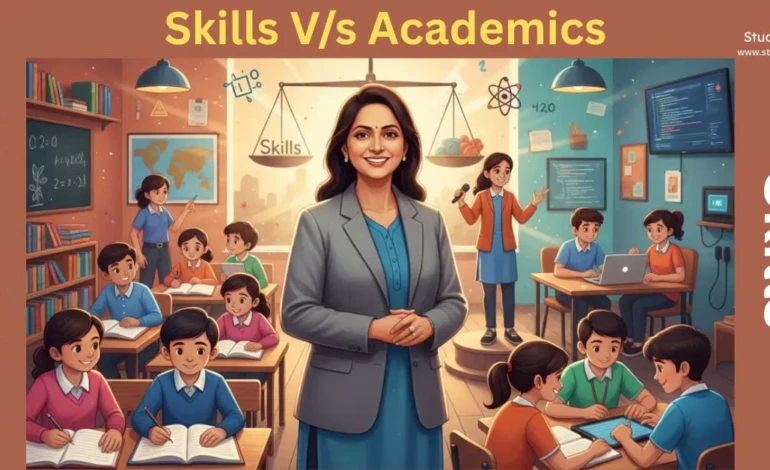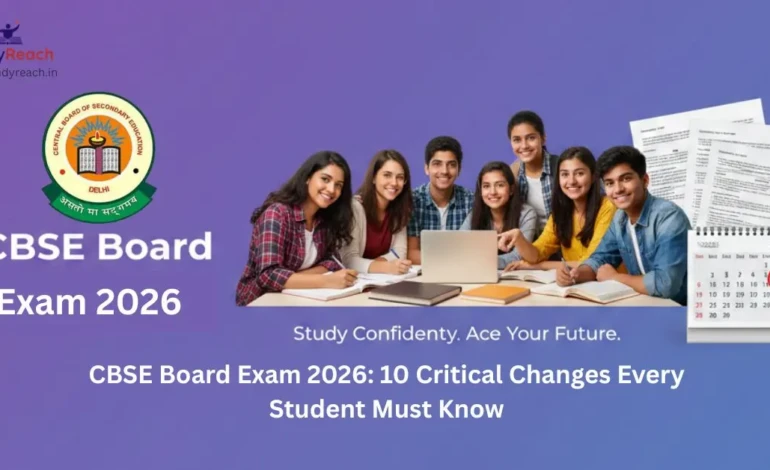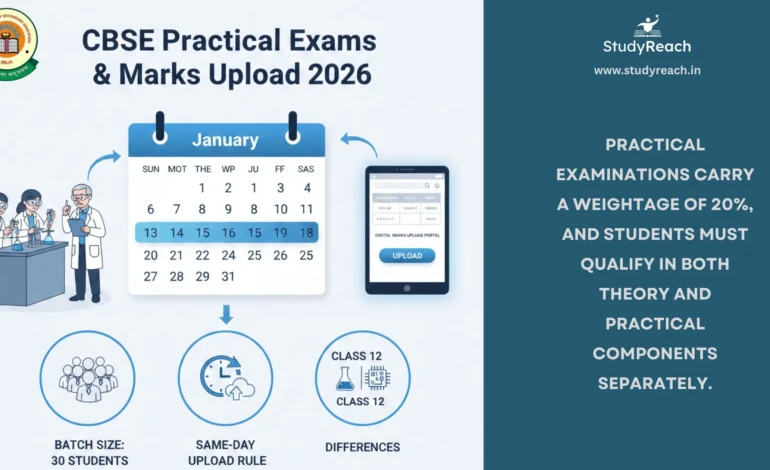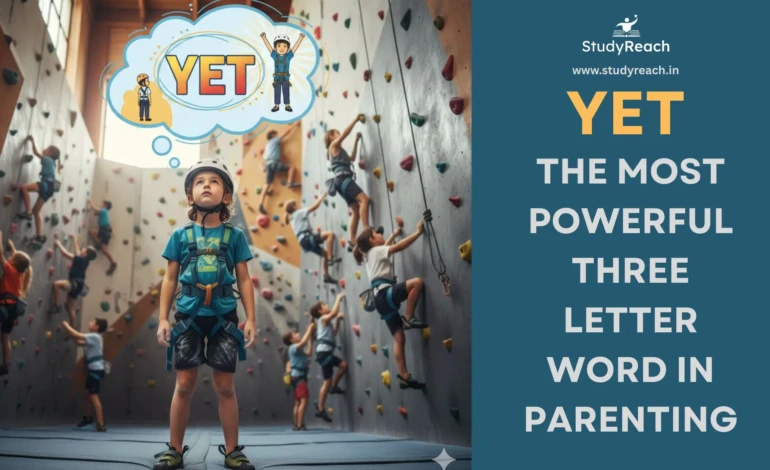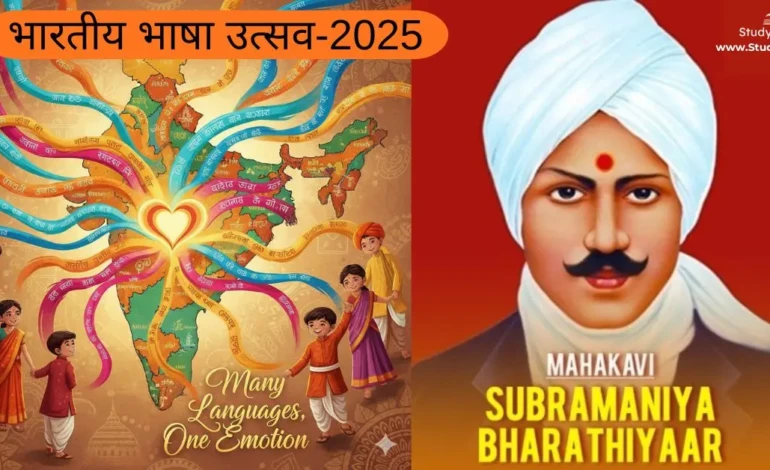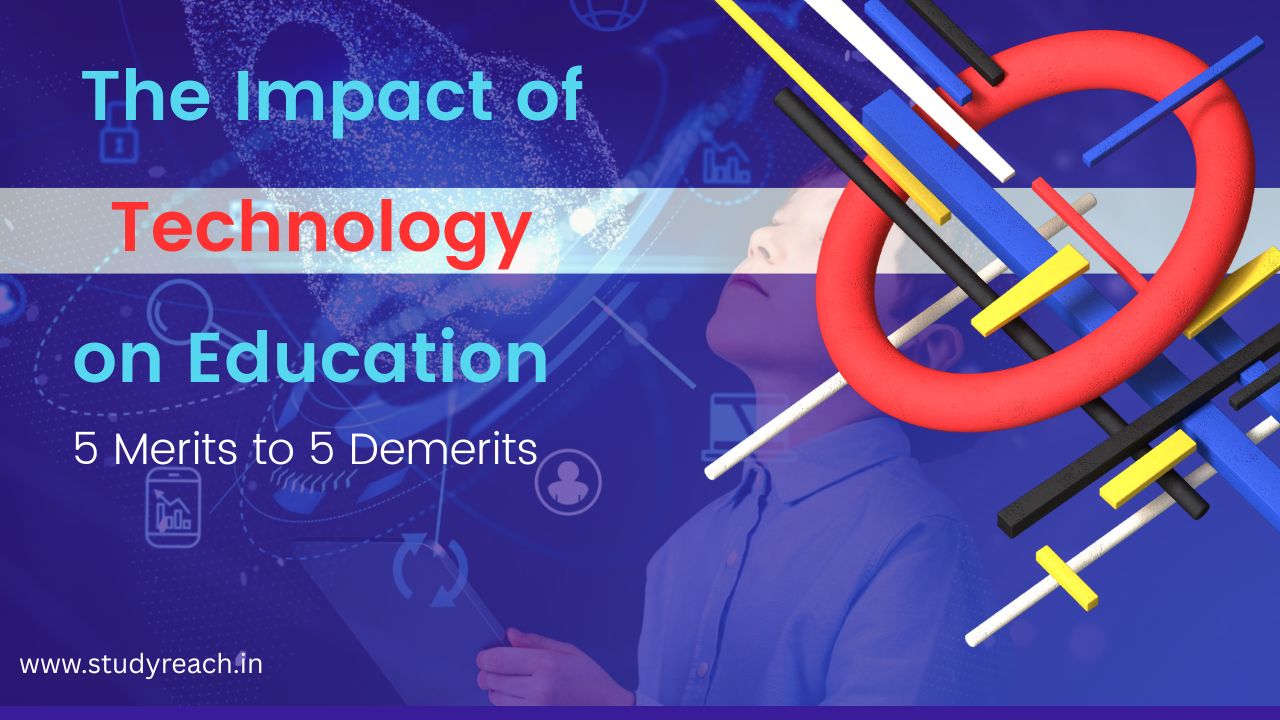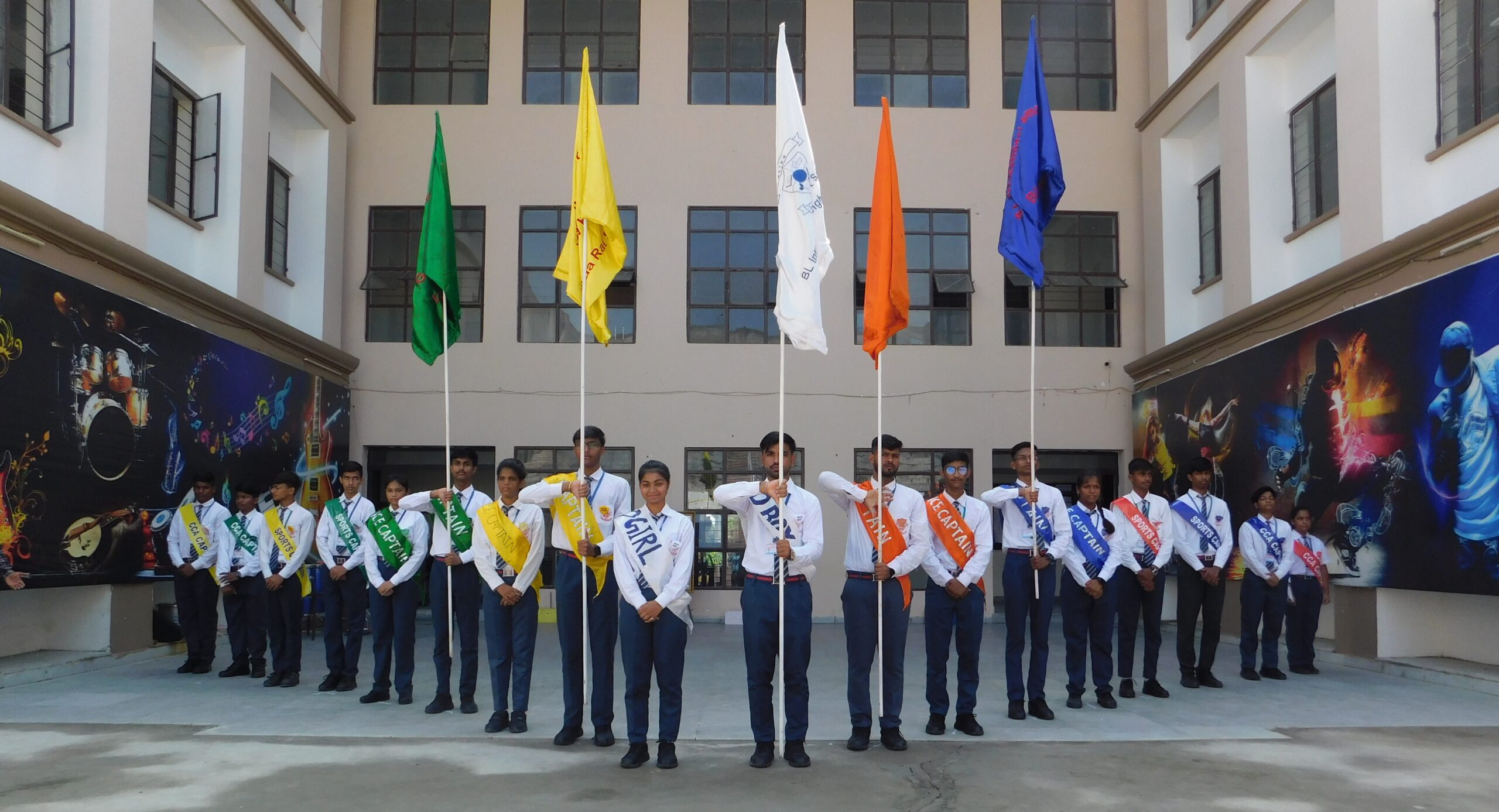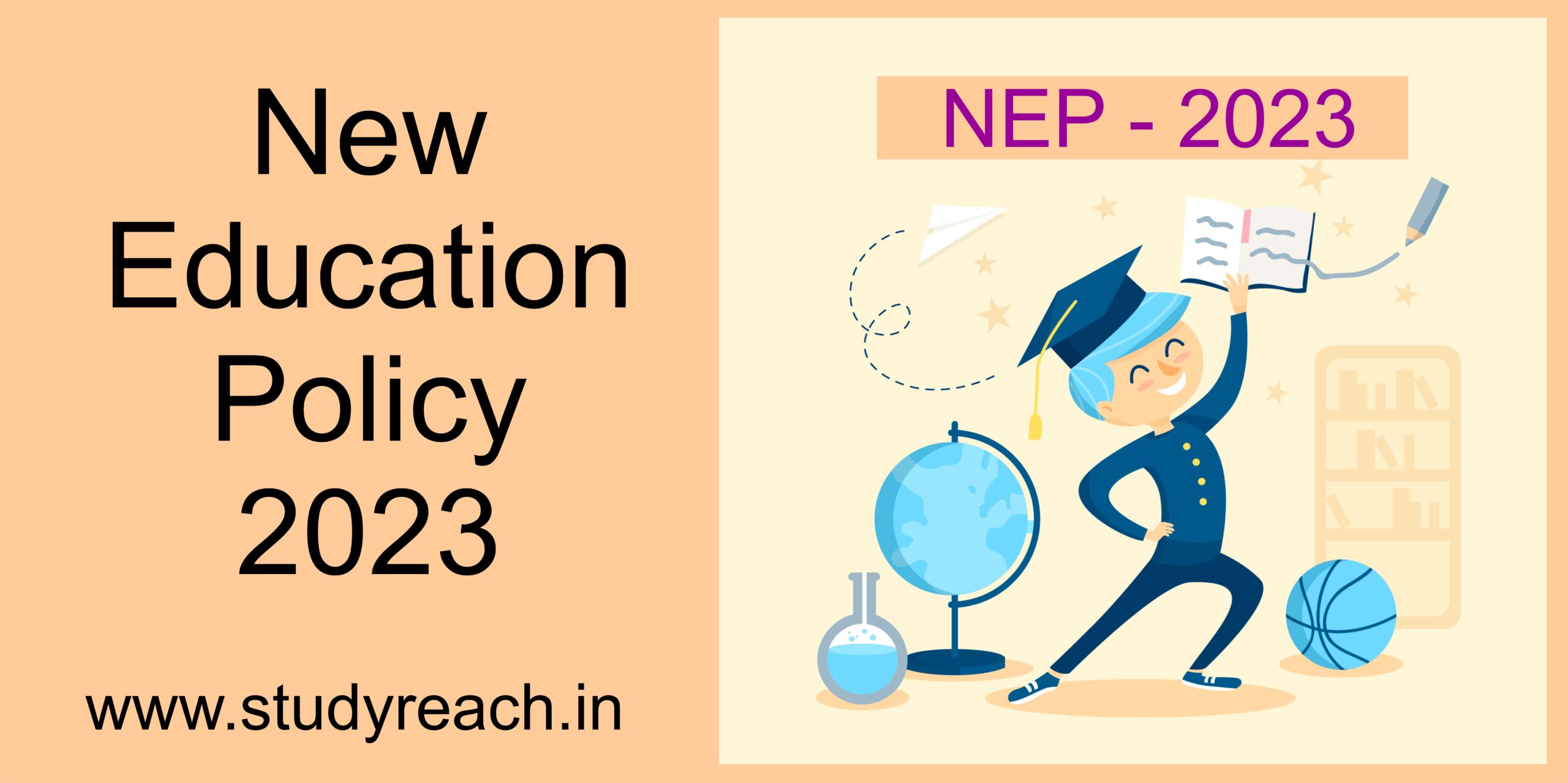
New Education Policy 2023 – Exploring the Key Features
The New National Education Policy has brought many positive changes to our education system. Let’s take a look at its key benefits
Updated Ministry Name
The “Updated Ministry Name” refers to a significant change in the name of a government department responsible for overseeing education and related matters. In the past, this department was known as the Ministry of Human Resources. However, with the implementation of the New Education Policy 2023, the name of this ministry has been changed to the Ministry of Education.
This change carries a deeper meaning. The new name, “Ministry of Education,” reflects a renewed and stronger emphasis on the field of education within the government. It highlights the importance of education as a key priority for the country’s development and growth.
By changing the name from “Ministry of Human Resources” to “Ministry of Education,” the government is sending a clear signal that it recognizes the central role that education plays in shaping the nation’s future. This shift in focus indicates that the government is committed to enhancing the quality of education, making it more accessible to all, and creating an environment where learning and knowledge are valued and promoted.
In essence, the change in the ministry’s name is symbolic of a fresh commitment to education and an acknowledgment that a well-educated population is essential for the progress and prosperity of the country.
Table of Contents
Universal Education:
The new policy aims to provide education for all, except for medical and law studies.
The new policy aims to provide education for all, except for medical and law studies” refers to a fundamental principle of the New Education Policy 2023.
“Universal Education” means that the policy seeks to ensure that every individual, regardless of their background, socioeconomic status, or other factors, has access to quality education. It aims to make education accessible to a wider population, breaking down barriers that might have previously limited certain groups from receiving an education.
However, there is a specific exception mentioned in the policy for medical and law studies. This means that while the policy strives to provide education to everyone, it acknowledges that certain fields of study, such as medical and law studies, might have unique requirements and demands that could make them more specialized. As a result, these fields might have different admission processes or criteria due to the specific skills and training they require.
In simpler terms, the policy is dedicated to ensuring that most areas of education are open to everyone, offering equal opportunities for learning and personal development. Yet, it recognizes that certain professional tracks, like medical and law studies, might have distinct considerations due to their specialized nature. The policy seeks to strike a balance between inclusivity in education and the specialized needs of certain professions.
Revamped Education Structure:
We have moved away from the old 10+2 system. Now, we follow a more flexible 5 + 3 + 3 + 4 pattern, allowing for a better learning experience.
The point “Revamped Education Structure: We have moved away from the old 10+2 system. Now, we follow a more flexible 5 + 3 + 3 + 4 pattern, allowing for a better learning experience” refers to a significant change in how education is organized and delivered under the New Education Policy 2023.
In the past, the education system followed a structure known as the “10+2 system.” This meant that students would typically undergo ten years of primary and secondary education, followed by two years of higher education, before entering college or other specialized institutions. However, this old system was considered somewhat rigid and linear.
Under the new policy, there has been a transformation in this structure. Instead of the traditional 10+2 approach, the education system now adopts a more flexible and progressive pattern known as the “5 + 3 + 3 + 4” structure.
Here’s what each part of the new structure means:
Foundational Stage (5 years):
This initial stage focuses on early childhood education, covering ages 3 to 8. It includes three years of pre-primary education (ages 3 to 6) and two years of primary education (ages 6 to 8). The emphasis is on creating a strong foundation for learning through play, exploration, and building essential skills.
Preparatory Stage (3 years):
Following the foundational stage, students move on to the preparatory stage, covering ages 8 to 11. This stage aims to develop a deeper understanding of subjects and concepts while nurturing creativity and critical thinking.
Middle Stage (3 years):
The middle stage, spanning ages 11 to 14, focuses on providing a comprehensive and well-rounded education. Students delve further into subjects while also exploring areas of interest and aptitude.
Secondary Stage (4 years):
he final stage covers ages 14 to 18 and is designed to prepare students for higher education and various career paths. It offers greater flexibility, enabling students to choose subjects based on their aspirations and goals.
This new structure is more flexible and accommodating, allowing students to explore their interests and talents at an earlier stage. It recognizes that children have different learning needs at different ages and aims to provide a more holistic and relevant learning experience throughout their educational journey.
In essence, the shift from the old 10+2 system to the new 5 + 3 + 3 + 4 structure is intended to create a more adaptable and effective education system that better caters to the diverse learning needs of students, ultimately leading to a richer and more fulfilling learning experience.
Subject Flexibility:
Unlike before, where there were separate streams for Science, Commerce, and Arts, students now have the freedom to combine subjects. For instance, you can study accounting alongside physics or arts.
“Subject Flexibility: Unlike before, where there were separate streams for Science, Commerce, and Arts, students now have the freedom to combine subjects. For instance, you can study accounting alongside physics or arts” highlights a significant change in the way students can choose and study subjects under the New Education Policy 2023.
In the traditional education system, students were often required to choose a specific stream of subjects early on, such as Science (with subjects like Physics, Chemistry, and Biology), Commerce (with subjects like Economics, Business Studies, and Accountancy), or Arts (with subjects like History, Literature, and Fine Arts). These streams were somewhat fixed, meaning that students had limited options to study subjects outside of their chosen stream.
However, the new education policy introduces a more flexible approach. It allows students to have greater freedom in choosing the subjects they want to study, regardless of traditional streams. This means that you are not confined to studying only subjects from one particular stream. Instead, you have the opportunity to combine subjects from different streams based on your interests and aspirations.
For example, if you have a keen interest in both accounting and physics, you can choose to study both of these subjects simultaneously. Similarly, if you enjoy the arts and have an interest in history, you can include both of these subjects in your curriculum. The possibilities for subject combinations are much broader now.
This flexibility has several benefits:
Personalized Learning:
Students can tailor their education to their individual interests and strengths, creating a more engaging and relevant learning experience.
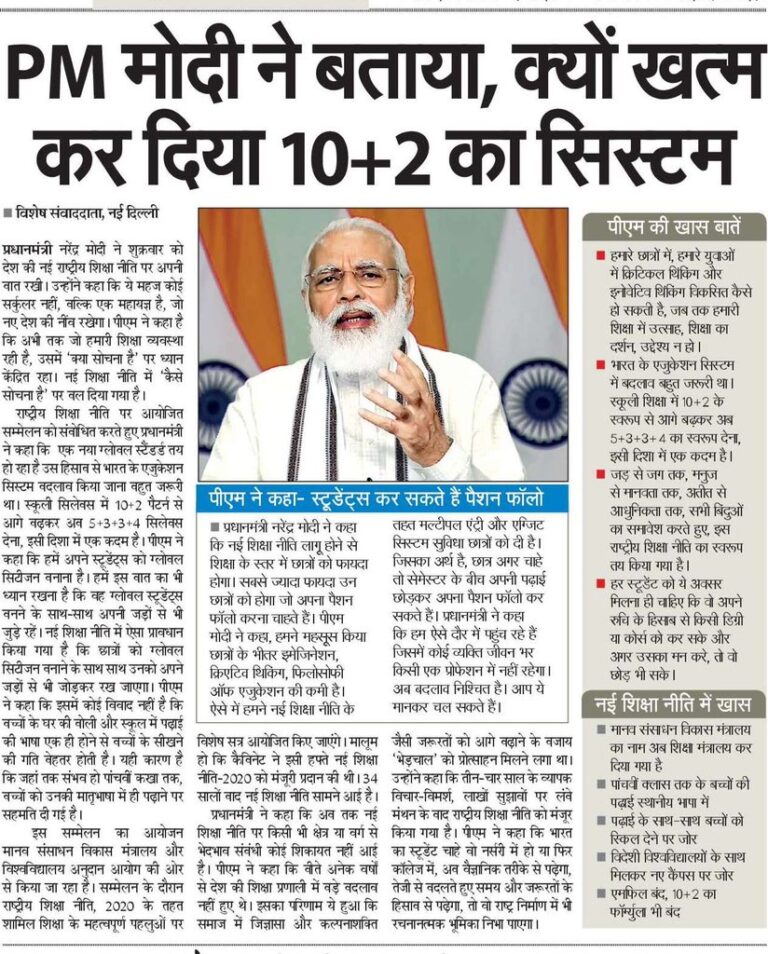
When it comes to embracing the transformative vision of the New Education Policy, effective studying becomes paramount. In our companion article, “Maximizing Study Effectiveness: Avoid These Missteps before Your Exam,” we delve into essential tips for students to make the most of their educational journey. Let’s explore how aligning with the policy’s principles can lead to more productive and successful study habits.
SP
Exploration of Interests:
It allows students to explore a wider range of subjects, helping them discover new passions and talents.
Holistic Development:
The combination of diverse subjects contributes to a well-rounded education, fostering critical thinking and creativity.
Career Readiness:
Students can choose subjects that align with their career goals, better preparing them for their future endeavors.
In essence, the introduction of subject flexibility in the New Education Policy 2023 empowers students to take charge of their learning journey, offering them the opportunity to create a unique and well-rounded educational experience that matches their interests and ambitions.
Early Introduction to Computers:
Students in the sixth grade will learn computer languages, preparing them for the digital world.
Digital Learning:
Every school will be equipped with digital technology, making learning more engaging and accessible.
“Digital Learning: Every school will be equipped with digital technology, making learning more engaging and accessible” highlights a significant advancement in the way education is delivered and experienced under the New Education Policy 2023.
In the modern era, technology has become an integral part of our lives, shaping how we communicate, work, and learn. The new education policy recognizes the transformative potential of digital technology in the realm of education.
The implementation of digital learning involves equipping every school with modern technological tools and resources. This includes providing access to computers, tablets, interactive whiteboards, educational software, and high-speed internet connectivity. These digital tools are aimed at enhancing the learning process and making it more dynamic, interactive, and engaging for students.
By equipping schools with digital technology, the New Education Policy 2023 aims to bridge the gap between traditional teaching methods and modern learning needs. It envisions a learning environment where students are not just passive recipients of information, but active participants in their education, using technology as a tool to explore, learn, and create. This transition to digital learning is a step towards preparing students for the challenges and opportunities of the digital age.
Language Inclusivity:
All learning materials will be translated into regional languages, and virtual labs will be created, to promote better understanding.
Reasonable Cost:
The implementation of the new policy will cost 6% of GDP.
Preservation of Heritage:
Students can choose to study Sanskrit and other ancient Indian languages if they are interested.
Reduced Exam Stress:
Board exams will be held twice a year, reducing the burden on students.
Incorporation of AI:
Artificial intelligence will be used to enhance the learning experience.
Revised Higher Education:
The M. Phil degree is being phased out from higher education.
Language Emphasis:
Students will be taught three languages based on their state’s preferences.
Unified Curricular Framework:
The National Council of Educational Research and Training will develop a national curriculum framework for schools, ensuring consistency and quality.
Establishment of Institutions:
Several institutions will be set up to implement the National Education Policy effectively.
Nurturing Talents:
The policy places special emphasis on nurturing children’s education and talents.
The policy places special emphasis on nurturing children’s education and talents,” which underscores the significance of recognizing and fostering the unique abilities and potential of each child within the framework of the New Education Policy 2023.
Education is not just about imparting knowledge and skills; it is also about identifying, nurturing, and harnessing the innate talents and strengths that each child possesses. The policy acknowledges that every student has their own set of abilities, interests, and passions that deserve to be cultivated and developed.
This emphasis on nurturing talents involves several key aspects:
Individualized Approach:
The policy promotes an individualized approach to education, where teachers and educators are encouraged to understand each student’s strengths, weaknesses, interests, and learning styles. This allows for tailored guidance and support to help students excel in areas where they show promise.
Holistic Development:
Beyond academic achievement, the policy recognizes the importance of holistic development, which includes nurturing talents in fields such as sports, the arts, music, drama, leadership, and more. It seeks to create an environment where students can explore and excel in various domains.
Extracurricular Opportunities:
Schools are encouraged to offer a diverse range of extracurricular activities that cater to different interests. Whether it’s participating in a science club, joining a debate team, or engaging in artistic pursuits, students are provided with platforms to showcase and enhance their talents.
Mentorship and Guidance:
Teachers and mentors play a vital role in identifying and nurturing talents. The policy encourages educators to act as mentors, guiding students in developing their talents and providing them with the necessary resources and opportunities.
Inclusive Approach:
The policy aims to ensure that all talents, whether academic, artistic, or otherwise, are recognized and supported. It seeks to create an inclusive and encouraging environment where students feel valued for their unique abilities.
Life-Long Learning:
Nurturing talents goes beyond school years. The policy encourages a life-long learning mindset, where individuals continue to explore and develop their talents even after formal education.
By placing special emphasis on nurturing children’s education and talents, the New Education Policy 2023 envisions an education system that not only imparts knowledge but also empowers students to discover their passions, unlock their potential, and contribute meaningfully to society. It recognizes that fostering talents is a crucial component of a well-rounded and enriching educational experience.
With these positive changes, the New Education Policy 2023 is set to create a more inclusive, flexible, and technologically advanced education system that prepares students for a brighter future.
Official Link – National Education Policy



